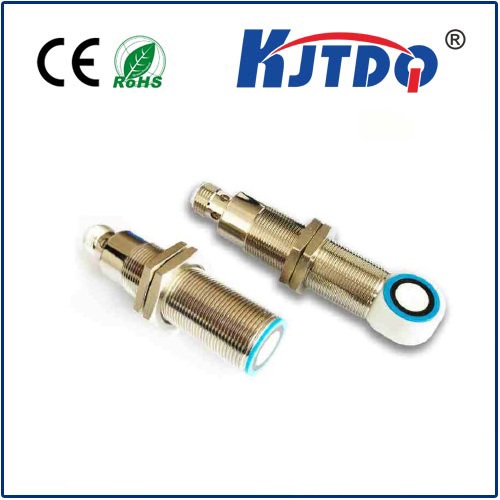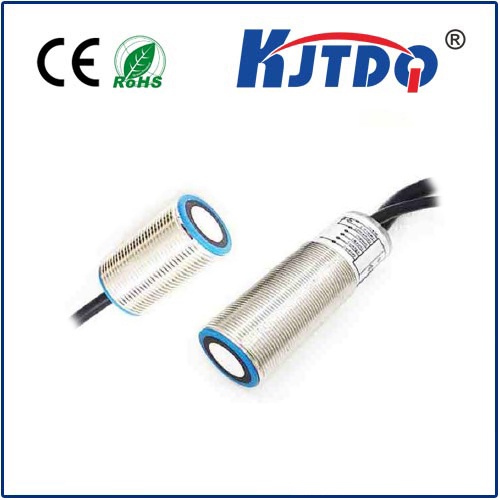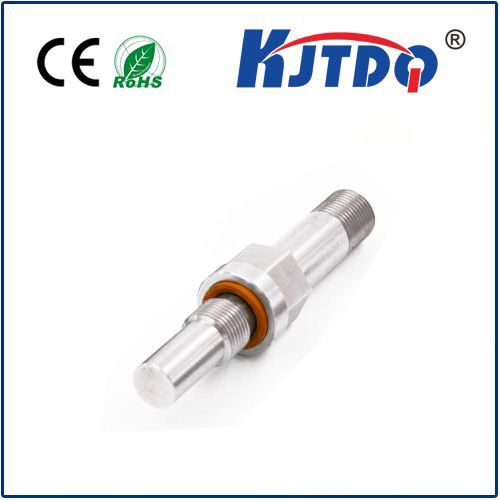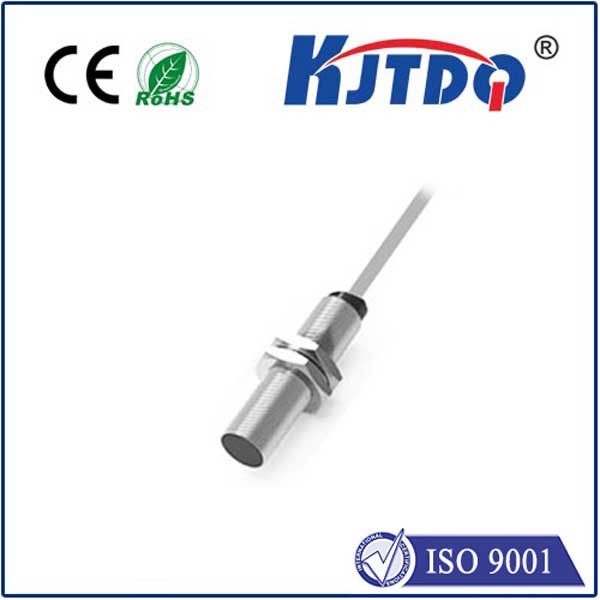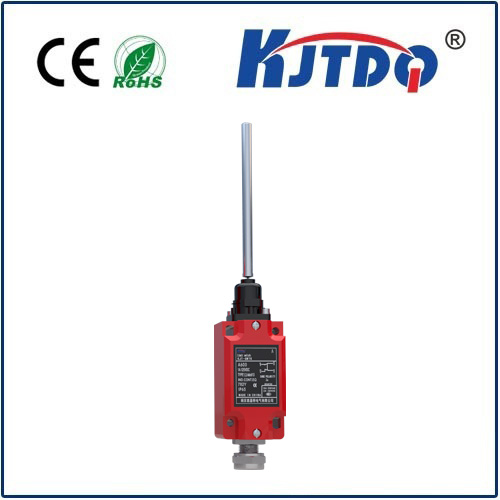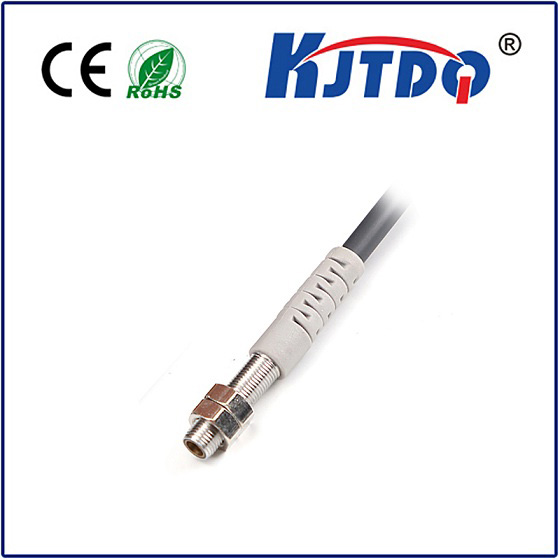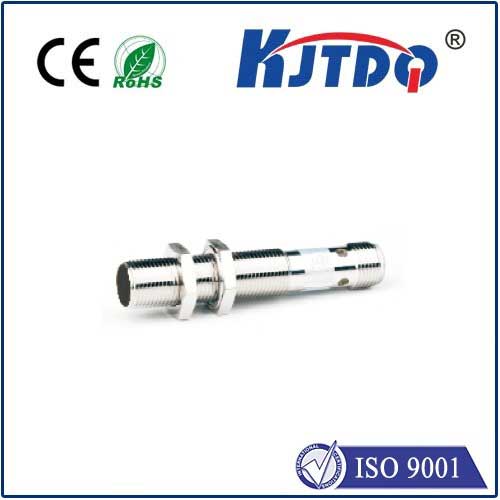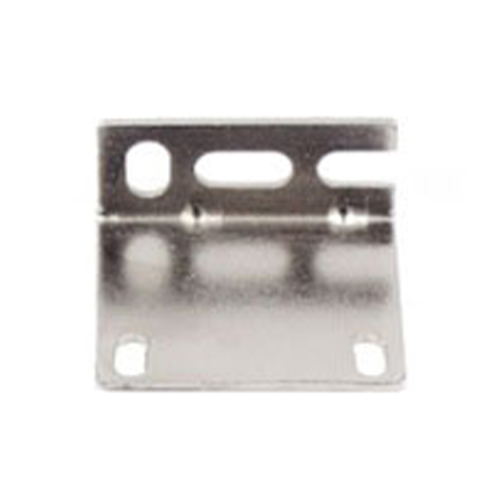mems temperature sensor
- time:2025-08-23 00:54:30
- Click:0
MEMS Temperature Sensors: The Microscopic Powerhouses Reshaping Thermal Measurement
From industrial furnaces to the smartphone in your pocket, precise temperature monitoring is invisible yet indispensable. Have you ever wondered how your device knows it’s overheating? Or how an electric car manages its battery pack? Often, the answer lies in a technology so tiny you need a microscope to see it: the MEMS temperature sensor. These microscopic marvels are revolutionizing how we measure heat, driving innovation across countless industries by offering unparalleled miniaturization, efficiency, and integration capabilities.
Understanding MEMS: More Than Just Miniaturization
MEMS, or Micro-Electro-Mechanical Systems, represent the integration of mechanical elements, sensors, actuators, and electronics onto a single silicon chip through microfabrication techniques, similar to how integrated circuits (ICs) are made. Think of it as building incredibly small, complex machines – often smaller than a grain of sand – that can interact with the physical world.
While miniaturization is a defining feature, the true power of MEMS lies in their ability to combine miniaturization with low power consumption, high reliability, fast response times, and the potential for mass production at low cost. This synergy unlocks applications previously impossible with traditional sensors like thermistors or RTDs (Resistance Temperature Detectors).

How Do MEMS Temperature Sensors Actually Work?
MEMS temperature sensors leverage the predictable changes in electrical properties of certain materials as temperature fluctuates. Two primary principles dominate MEMS thermal sensing:
- Thermoelectric (Seebeck Effect): These sensors generate a voltage proportional to the temperature difference between two junctions of dissimilar conductors – a thermopile structure etched into the silicon. This voltage is extremely small but measurable by sophisticated on-chip circuitry. This principle is often used in contactless IR temperature sensors (thermopiles), where the MEMS structure absorbs infrared radiation from a target, heats up, and generates a voltage relative to a reference temperature.
- Temperature-Dependent Resistance: Many MEMS sensors utilize resistors whose resistance changes predictably with temperature. Common types include:
- Silicon Diode-Based: The forward voltage drop across a p-n junction diode, fabricated within the MEMS chip, decreases linearly with increasing temperature. This is a highly linear and predictable method.
- Resistive Elements (e.g., Platinum or Polysilicon): Thin-film resistors, often made of platinum or doped polysilicon patterned onto the MEMS structure, exhibit a known resistance vs. temperature relationship (e.g., PT100-like behavior). Their resistance increases with temperature.
The MEMS Advantage: Why They’re Dominating
The shift towards MEMS temperature sensors isn’t just about size; it’s about a fundamental leap in capability and versatility:
- Unmatched Miniaturization and Integration: MEMS sensors are inherently tiny, enabling their use in space-constrained applications like wearable electronics, implantable medical devices, and densely packed circuit boards. Crucially, they can be monolithically integrated with signal conditioning circuitry (amplifiers, ADCs) on the same silicon die, creating a complete “Smart Sensor” system-on-chip. This integration drastically simplifies design, reduces component count, and enhances overall system reliability.
- Extremely Low Power Consumption: Many MEMS temperature sensors operate on microamps or even nanoamps of current, especially in sleep modes. This is critical for battery-powered devices like IoT sensors, wearables, and remote monitoring systems, enabling years of operation on small batteries.
- Fast Response Time: The microscopic size of the sensing element means it has very low thermal mass. Consequently, MEMS temperature sensors can detect temperature changes incredibly quickly – often in milliseconds. This rapid response is vital for applications like overheating protection in processors or monitoring rapid thermal transients.
- Cost-Effectiveness at Scale: Leveraging well-established silicon batch fabrication processes, similar to IC manufacturing, millions of MEMS sensors can be produced simultaneously on a single wafer, driving the unit cost down significantly compared to many traditional sensor types.
- High Reliability and Robustness: Silicon-based MEMS structures, when properly designed and packaged, are highly resistant to shock and vibration. Without moving parts (in most temperature sensing variants), they offer excellent long-term stability.
- Digital Output & Programmability: Integrated MEMS temperature sensors typically provide easy-to-use digital outputs (like I2C or SPI), simplifying interfacing with microcontrollers. Many also offer programmable features like alarms, resolution settings, and sleep modes.
Where MEMS Temperature Sensors Make an Impact: Real-World Applications
The unique advantages of MEMS thermal sensors fuel their widespread adoption:
- Consumer Electronics: Ubiquitous in smartphones, laptops, and tablets for monitoring processor temperature, battery temperature, and ambient conditions to prevent overheating and optimize performance/battery life.
- Internet of Things (IoT) & Smart Homes: Critical enablers for wireless environmental monitors, smart thermostats, appliance control, and asset tracking, thanks to their small size, low power, and low cost.
- Automotive: Monitoring engine coolant, cabin air, battery packs in EVs/HEVs, transmission fluid, and ambient air for climate control and engine management systems. Their robustness is key here.
- Industrial Automation & Process Control: Providing precise temperature feedback for machinery, HVAC systems, industrial controllers, and data loggers. Their speed and reliability are crucial in harsh environments.
- Medical & Healthcare: Enabling wearable health monitors (skin temperature), infusion pumps, portable diagnostic equipment, and implantable devices where size and power constraints are paramount.
- Data Centers: Monitoring server racks, individual components, and cooling systems to ensure optimal operating temperatures and prevent costly downtime.
- Contactless Thermometry (Thermopiles): MEMS-based IR sensors are core components in non-contact thermometers (including medical ear thermometers), motion detectors (PIR), gas analyzers, and industrial process monitoring.
The Future of MEMS Thermal Sensing: Continuing the Evolution
MEMS temperature sensor technology continues to evolve rapidly. Key trends include:
- Enhanced Precision & Accuracy: Ongoing improvements in fabrication and calibration techniques push accuracy levels even higher for demanding scientific and industrial applications.
- Multi-Sensor Fusion: Integrating temperature sensing with other MEMS sensors (pressure, humidity, gas, inertial) on a single chip to create comprehensive environmental monitoring units. This convergence is a major driver for smarter, more context-aware systems.
- Ultra-Low Power Innovations: Development of novel materials and circuit architectures pushes power consumption to even lower extremes for next-generation energy-harvesting and ultra-long-life IoT nodes.
- Advanced Packaging: New packaging solutions enhance thermal coupling for faster response or provide robust protection for deployment in extreme environments (high temp, corrosive, high humidity).
- AI Integration: Smart MEMS sensors with embedded AI capabilities for local, intelligent decision-making based on thermal data patterns.
From intricate silicon structures smaller than a human hair to enabling global networks of smart devices, MEMS temperature sensors are a testament to the power of miniaturization and integration. Their blend of microscopic size, energy efficiency, rapid response, and cost-effectiveness makes them not just an alternative, but often the optimal choice for temperature measurement in our increasingly connected and intelligent world. As fabrication techniques advance and multi-sensor fusion becomes more prevalent, the influence of these tiny thermal sentinels is poised to expand even further, quietly ensuring efficiency, safety, and comfort across the technological landscape.












